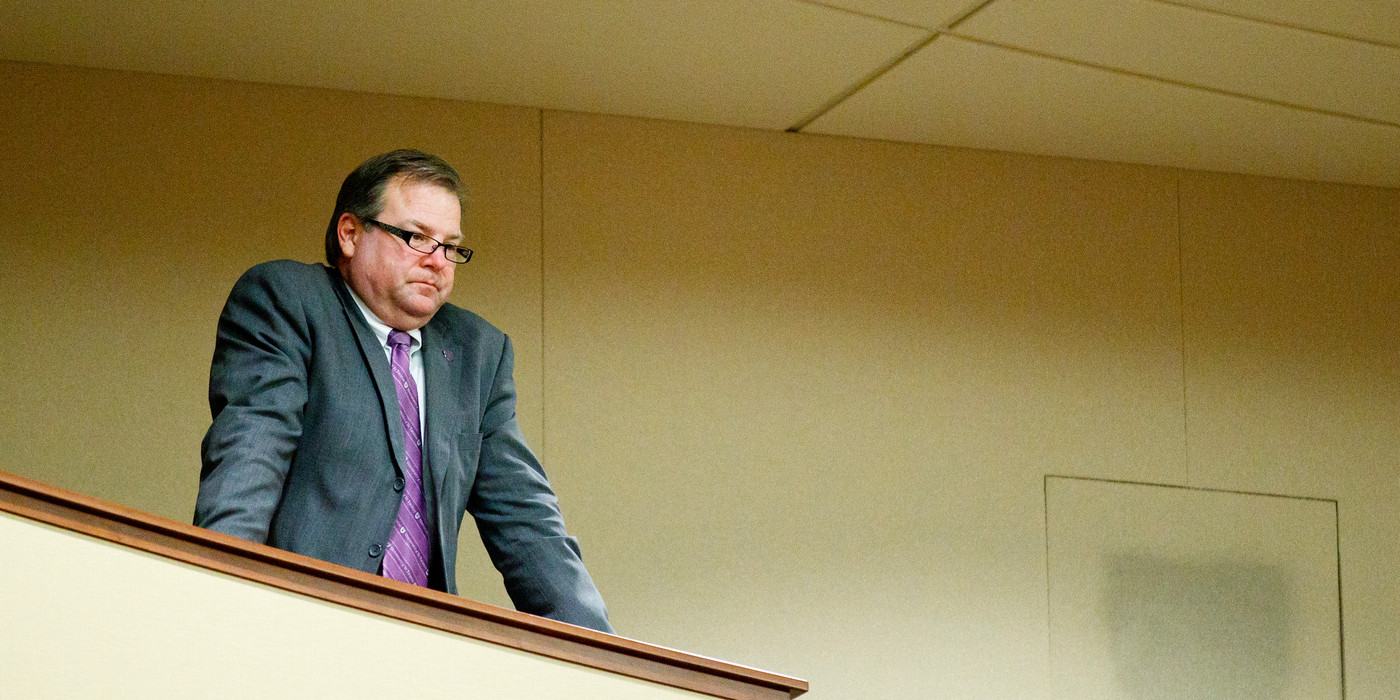Can an organization’s leadership be inauthentic by presenting an image they believe to be true, but isn’t? Right now, the voice in your head may be asking what that even means.
Imagine the leaders of your client/employer claim to believe the organization should act honestly and ethically, with as much transparency possible (acknowledging that not all data about a firm must, or even legally can be disclosed). As a new member of the corporate communication group, knowing this provides encouragement and optimism about your future satisfaction with this new gig.
After fully digesting annual reports, web videos of CEO speeches and multiple megabytes of other documents, you feel confident that the company truly presents itself authentically to all stakeholders.
As you settle in to work and begin to build relationships across departmental lines, however, things don’t seem as rosy. While the core messaging platform from which your team works indicates a focus on corporate social responsibility, the rumor mill suggests what has been “mandated” from the top doesn’t always manifest as intended in actual practice. The senior managers may genuinely assume that their plans and edicts translate into the outcomes boasted into microphones, but things are different in the trenches.
Staff people see the real results after the intentions filter down through layers of management and function. The differences may be hidden and buried inside departmental activities, or otherwise camouflaged from external stakeholders and senior management.
For instance, your firm’s leadership proudly claims to use only humane and renewable sourcing of all natural components of products. Your careful ear to the company buzzfeed suggests that a number of vendors may be supplying resources that fudge this stance, specifically down being plucked from live geese in some percentage of the total annual usage. This data seems to have been hidden by purchasing staff from first line supervisors for some time. There may even be reason to believe that without this inhumanely sourced down the firm would not have access to enough to deliver product.
In this case, it would be impossible for senior managers to be honest or transparent about the breach of authenticity. So where does the responsibility lie? With someone accountable for perceptions of the corporation who is aware of the dissonance between the corporate presence and the disturbing information… that means you.
This doesn’t translate to a frantic email to the CEO or a panicked meeting with your boss. A thoughtful approach, taking advantage of your growing knowledge of the company culture may allow you to promptly facilitate an inquiry by senior leadership into the truth or fiction of the issue. Remember, the rumor mill may not be populated completely with accurate information, and it would be both unethical and potentially career suicide to blow a whistle on a compelling fiction.
None of the above means senior management hold a free pass on assuring authenticity, but leaders must rely on many voices in the organization to know how corporate mission and policy play out in all corners of the company. The larger the firm, the more senior management needs communication professionals to be thoughtful and aware. We are in a unique niche within firms, having both: the tools to contextualize widely varied information from around a company as it may impact all stakeholders; and more structural interaction across departmental lines than most functions. In simpler terms, we are more likely to hear things from departmental silos and have the skill to connect information in ways that benefit shareholders and other stakeholders.
Ethics represents just one filter for that information, but an important one in facilitating the best overall outcomes for all those we serve.
This post also appears on the MN PRSA Perspectives blog.
Dr. Michael C. Porter, APR is director of the UST Master of Business Communication Program.







